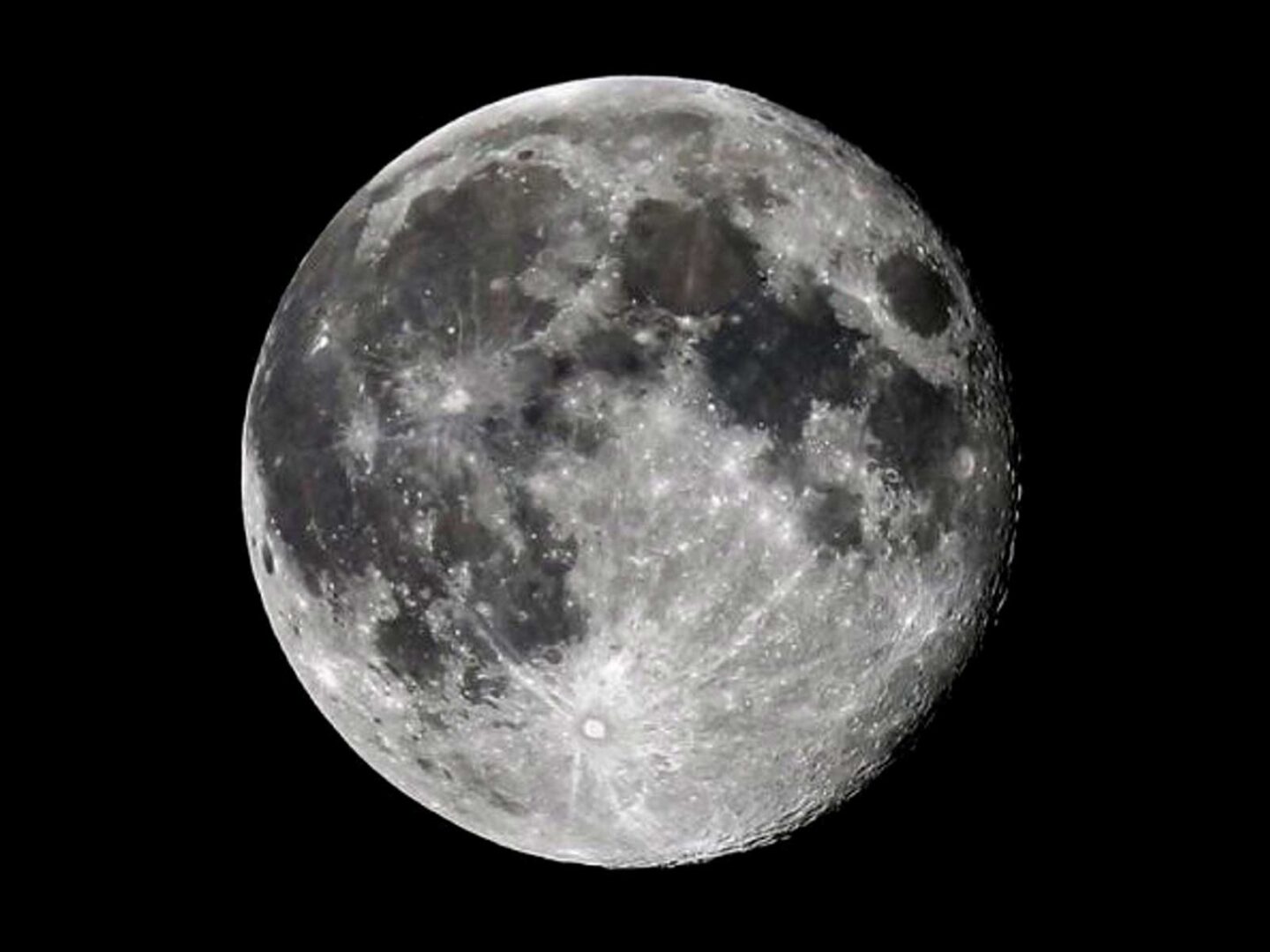Technological advancement continues to set the pulse of this era, from everyday devices such as smartphones to futuristic industries such as space exploration. Among all the research and development agencies, NASA remains the most emblematic reference. And now, in a step towards future lunar colonisation, it has been commissioned by the White House to create a new time zone: Lunar Coordinated Time (LTC).
This project seeks to solve one of the most complex challenges of synchronising the Earth and the Moon: the difference in gravitational field strength, which generates a discrepancy of 58.7 microseconds per day. Although this margin seems insignificant, in terms of space exploration, where accuracy is vital, the lack of synchronisation can trigger critical errors in navigation and communication between spacecraft, satellites and ground stations.
NASA plans to install a set of atomic clocks on the lunar surface, an essential step in replicating the Coordinated Universal Time (UTC) we use on Earth. Cheryl Gramling, director of lunar position, navigation and timing at NASA, stressed the importance of precision: ‘For something travelling at the speed of light, 56 microseconds is enough time to travel the distance of approximately 168 football fields. This kind of precise measurement will be critical for missions such as Artemis-3, whose landing at the lunar south pole in 2026 aims to explore large reservoirs of water ice.
Currently, the International Space Station uses UTC due to its low orbit, but on the Moon, atomic clocks would run one second faster every 50 years. The establishment of LTC will not only facilitate lunar exploration, but also open the debate on the international consensus needed to define this new time frame. As NASA’s SCaN team works to implement a lunar standard, the Artemis campaign is moving towards creating a sustainable human presence on the Moon. The US is leading the way towards a more precise and synchronised lunar exploration, where time will be a key factor for success.
Sigue toda la información de HIGHXTAR desde Facebook, Twitter o Instagram
